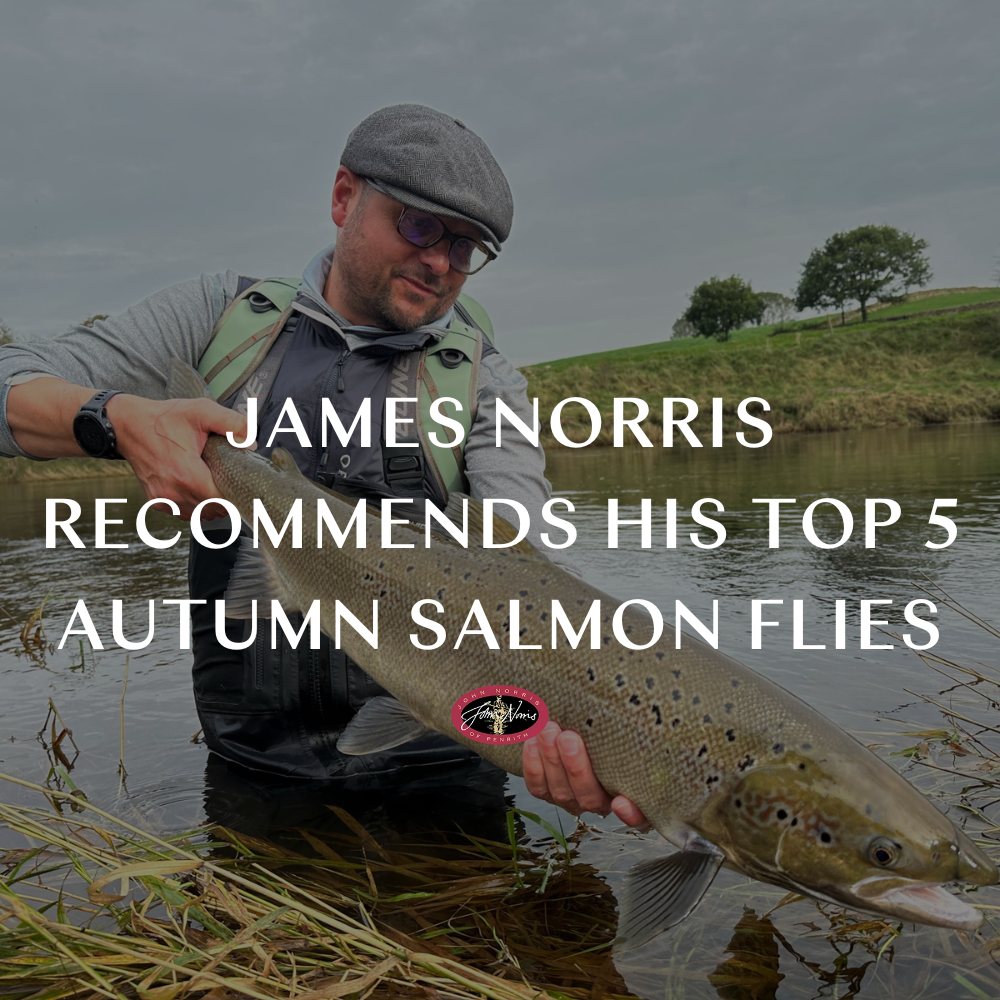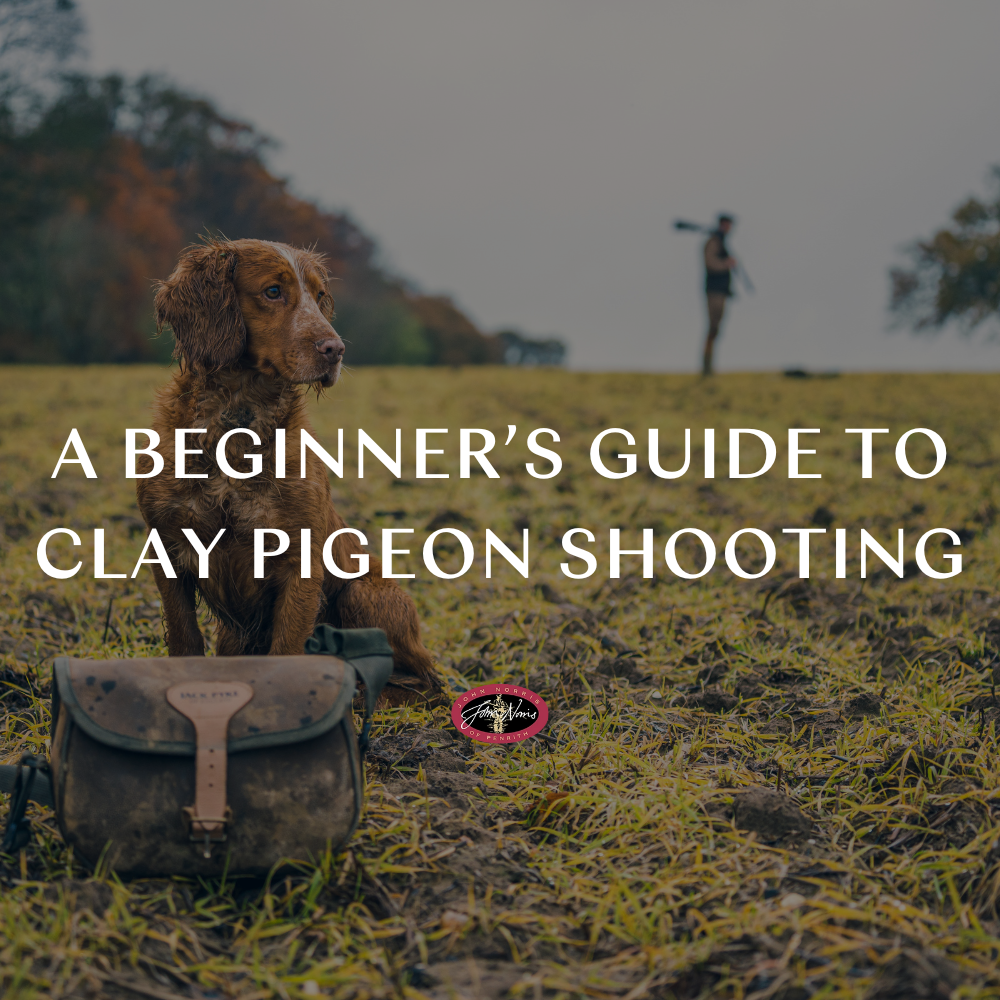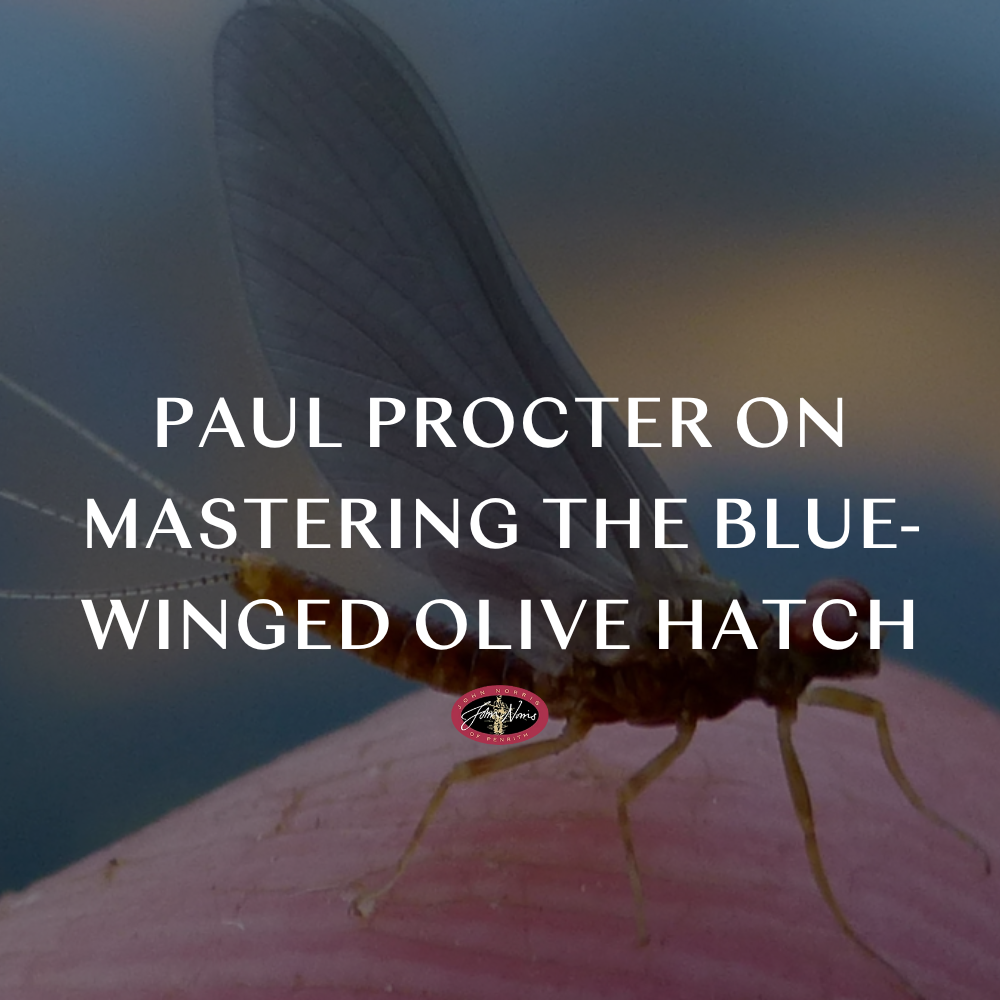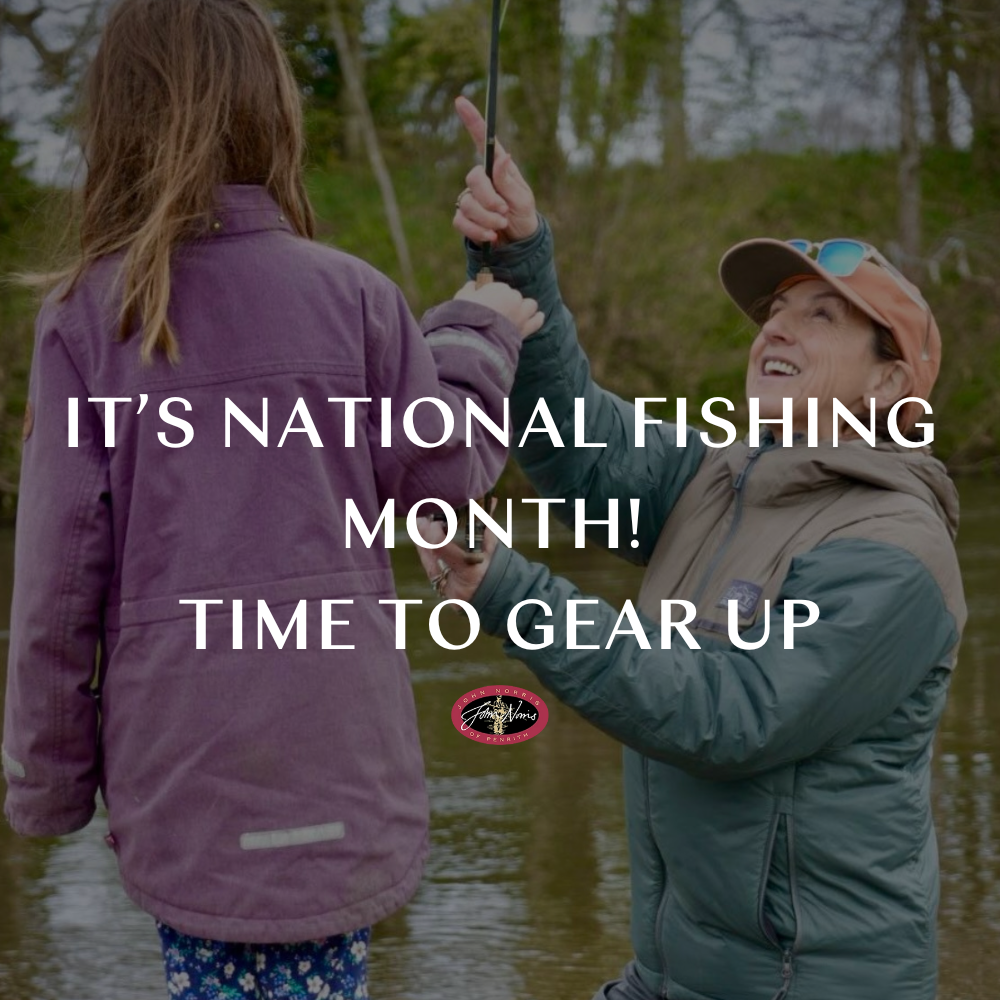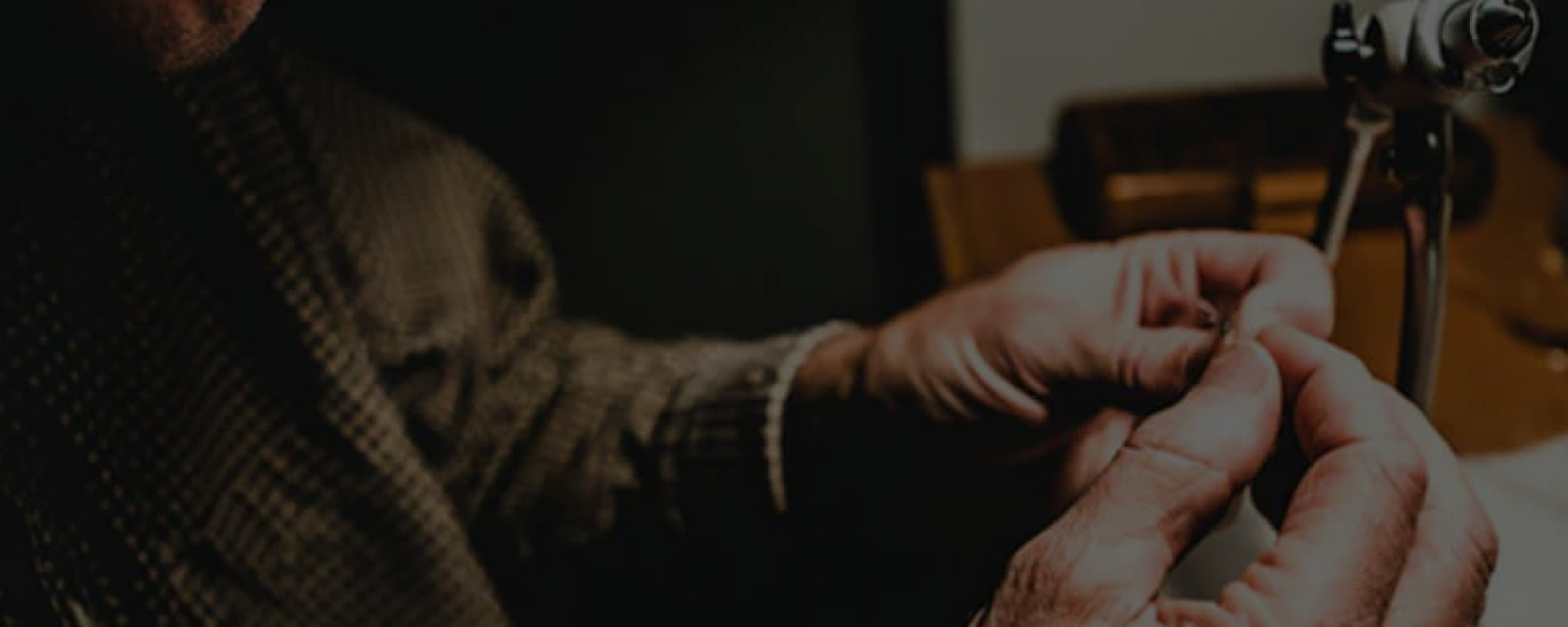How to Choose the Right Fishing Clothing in 2017
Now that Christmas is done and 2017 is here, you’ll most likely be looking for some new fishing clothing to resume the season.
Whether you’re a long-time angler or just getting started, it never hurts just to get re-acquainted with the basics of fishing clothing so you can feel confident near the water and always give it your best.
We’ve put together this handy guide on choosing the right fishing clothing so that you can be all set when your first jaunt of 2017. Take a look!
1. Get a breathable base layer
You base layer is there to keep you warm, but not only that – it should regulate your body temperature and wick moisture away from the skin. Good base layers should be:
- A long-sleeved shirt
- Made from lightweight, comfortable material; preferably nylon – not cotton
- Lighter in colour, as some stark colours can scare away the fish.
Some fishing shirts come with collars for extra neck protection. We like this Waderwick Core crew-neck top by Simms.
2. Learn how to layer correctly
Many people make the mistake of thinking that one thick layer will be better than several lighter ones, but the truth is, anglers, runners, hikers, cyclists and mountain climbers alike can all benefit from a good layering system.
Wearing or carrying several layers in your bag can keep you safe and protected, as temperature and weather conditions can always change in an instant. You should always wear:
- a base layer, which insulates body heat and evaporates sweat
- a mid-layer to keep you warm
- an outer layer to protect against wind and rain. (See below.)
3. Always have something waterproof
As you might have guessed, every fishing trip has the potential to get a bit wet! Therefore you need a good quality fishing jacket or coat to keep you dry; preferably one that’s geared specifically for angling.
A good fishing jacket should:
- Have a durable water repellent (DWR) finish to repel water on the outer surface
- Be windproof and breathable
- Take freedom of movement into account. Most fishing jackets will be made a little on the larger side to accommodate for this.
We love this Greys Strata All Weather jacket.
4. Take a fleece for warmth
Your fleece will be your mid layer that sits between your base layer and your coat, keeping you warm. Of course, your mid layer can be anything you feel comfortable in, but fleece tends to be a popular choice as its lightweight, breathable and cosy. Some fleeces also have added handy features like a hood, drawstring pockets and cord bottoms.
Check out this Simms Rogue fleece hoody, which comes equipped with a water-shedding DWR finish, handwarmer pockets and a three-panel ergonomic hood.
5. Prevent heat loss with a hat
The top of your head is one of the main places your body loses heat quickly. Fishing hats go a long way to keeping your head warm and protecting against heat loss when on the water.
- In winter, traditional knitted or fleece hats, beanies or thermal hats will do the trick. A windproof lining is beneficial for protecting the ears during strong conditions.
- In summer, a peaked cap or wide brimmed fishing hat with UV protection is ideal.
Take a look at this Harkila Expedition cap for winter, or the Guideline Trucker cap for spring and summer.
6. Keep your eyes protected for clear vision
Bright sun or heavy weather conditions can really affect your vision on a fishing trip, causing squinting or headaches. A good pair of sunglasses will help filter damaging UV rays and reduce glare.
- We certainly recommend specialist angling sunglasses over that old pair you wore on holiday.
- A pair like these Flying Fisherman Calcutta sunglasses are ideal for keeping your eyes safe and improving your vision.
7. Wear appropriate boots or footwear
Similar to your head, your feet are one of the main places your body loses heat. Keeping them warm and dry will have a huge impact on your overall comfort.
A good pair of fishing boots or shoes should be:
- waterproof (of course)
- lightweight and breathable
- supportive (as much as you need – some anglers may need more ankle support than others but there is a range of boot heights to choose from)
- Excellent grip, for getting you to and from the swim safely.
Our favourites are these Vapor Sole wading boots from Simms and the Guideline Laxa wading boots with felt sole.
8. If prepared to go into the water, waders are key
Waders and wading boots are an optional piece of fishing clothing and tend to be desired by more serious anglers. If you find yourself wanting to get into the water more often or wade in deeper, chances are you will be craving a set of quality waders soon!
Waders are brilliant at giving you access to waters you may not ordinarily cast to. There are two types of waders to choose from – bootfoot and stockingfoot.
- Bootfoot waders are handy for quickly putting on and taking off; they’re also great for salmon beats with vehicle access and easy wading conditions. However, bootfoot waders don’t tend to offer as much ankle support and it can be trickier getting an exact fit.
- Stockingfoot waders have welded neoprene socks at the bottom instead of boots. They require a separate pair of wading boots, but these tend to offer more support, a wider range of fittings and can be submerged in water for longer periods of time.
They are also rather tough, so good for protecting your feet against injuries on the riverbed.
Waders also come in both breathable and non-breathable materials. Both have different uses and benefit, so it all depends on what you’re looking to do with them. If you need any assistance, the team here at John Norris are always happy to help.
- Breathable materials include: Gore-Tex, H2No, F3.5 Fabric Technology, Vapour-Tec
- Non-breathable materials might include: neoprene, PVC and nylon.
If you don’t want to invest in a pair of waders just yet, be sure to at least have a good pair of fishing trousers. Waterproof trousers can either be worn instead of or over normal trousers and will keep your legs dry, warm and comfortable.
Our John Norris Cargo pants are made from hardwearing polycotton and perfect for both fishing or casual country walks.

